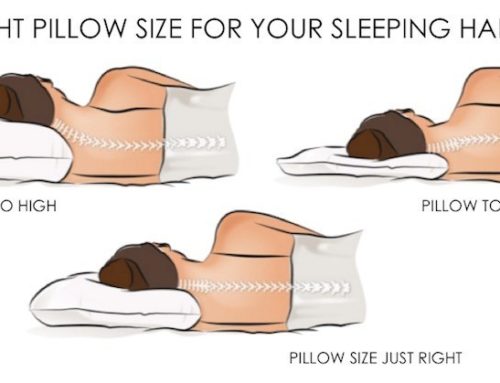Here is the biggest flaw in our health care system today: while medication and surgery should be the last resort, they are often treated as the first line of defense. Here are some statistics: In this country, 27 Million Americans suffer from back problems, with over $30 Billion (with a ‘B’) spent on treatments to ease the pain, most commonly surgery. According to a 2006 statistical analysis, the likelihood of someone having back surgery in the United States is five times more likely than any other country in the world. Bloomberg predicted that the number of spinal fusion surgeries in 2011 would be 453,000. Total back surgeries per year are estimated to be over 600,000, which is an eight-fold jump from just 15 years ago. This begs the question: are all these surgeries necessary? John Birkmeyer, director of the Center for Healthcare Outcomes & Policy at the University of Michigan, estimates that unnecessary surgeries cost at least $150 billion per year alone.
The main question that we all should be asking is: what is the definition of ‘success’? Does this mean the patient didn’t die during surgery? Does this mean there was no infection from the procedure? No blood clot? Or, does this mean that the patient’s pain and other symptoms were relieved within the first week? First month? First year? What about the long-term side effects of surgery – are these included in the categorization of ‘successful’ surgery? This is the problem: there are no criteria for what determines whether or not a surgery was successful; it is a completely subjective label. The reality is that one really doesn’t know whether or not a surgery is successful until one is able to evaluate the long-term consequences compared to the short-term benefits, if there are any benefits to begin with. A 2011 study found that back surgery fails 74% of the time – meaning no long-term benefits and an increased likelihood of other complications due to the surgical procedure.
The most commonly prescribed spinal surgery is a fusion, where two (or more) vertebra are fused together to theoretically alleviate pressure on the disc and spinal nerves in that area. After spinal fusion, the area that was fused can no longer move, which means the area above and below the fusion are more likely to be stressed when the spine is in motion. This leads to an increased degenerative process above and below the fusion site, which can often increase the presence of future symptoms and the need for other surgeries and procedures.
Not only is there no guarantee that spinal surgery will decrease pain and other symptoms, but there is an equal chance it will actually increase pain and cause other symptoms and side effects in the long term. Here is the thing: once you have spinal surgery, or any kind of surgery for that matter, you cannot undo it. It is a major assault to the body, not unlike an infection, an injury, or a toxic exposure. All of these damage the body in some capacity and stimulate a prolonged stress response.
In a 2011 study by Cifuentes et al., chiropractic care was shown to improve chronic back pain and decrease disability recurrence, compared to physician or physical therapy treatment. This confirms the 2004 UK BEAM trial that found chiropractic to be more effective than traditional medical treatment for back pain. When compared with the cost of surgery, a trial of chiropractic care will cost on-average about 1/30 the price of surgery, and much more when you consider rehabilitation expenses, lost work days, side effects, and pain medications. In fact, there are a significant number of people who become addicted to pain medications as a result of the surgical procedure.
All said and done, the cost of back or neck surgery is exponentially greater than treating it naturally, and chiropractic care has been shown to be the single most effective method of doing this. Think about this: the current European guidelines for the management of back pain state ‘Surgery …for back pain…cannot be recommended unless 2 years of all other conservative treatments… have failed.” Imagine that! Medication and surgery should be the last resort, not the first line of defense.
~Noah Kaplan, D.C. Walnut Creek Chiropractor
1. Long-term Outcomes of Lumbar Fusion Among Workers’ Compensation Subjects: An Historical Cohort Study SPINE (Phila Pa 1976) 2011 (Feb 15); 36 (4): 320–331
2. Study Says Back Surgery Often Makes Things Worse The Daily Hit ~ Oct 14, 2010
3. Back Surgery May Backfire On Patients In Pain MSNBC.com ~ Oct 14, 2010
4. Why Do Spinal Surgery Rates Continue To Rise? Chiro.Org Blog Editorial ~ April 10th, 2010
5. Findings from the: “United Kingdom Back Pain Exercise and Manipulation (UK BEAM) Randomised Trial” British Medical Journal 2004 (Dec 11); 329 (7479)
7. Cifuentes M, et al. Health maintenance care in work-related low back pain and its association with disability recurrence. J Occup Environ Med. 2011 Apr; 53(4):396-404.







